Introduction
The Manual Layer Pullet Cage is a cost-effective and reliable solution for raising pullets, the young female chickens aged 0–16 weeks, before they enter the laying period. Pullets require controlled feeding, clean water, proper ventilation, and safe housing to ensure healthy growth and uniform development for future egg production.
Manual layer pullet cages provide hands-on control over feeding, watering, and bird management, making them ideal for small to medium-sized farms, family-owned operations, and areas with limited access to electricity. Unlike automatic systems, manual cages allow farmers to monitor individual bird growth, manage flock health directly, and respond quickly to any issues.
Constructed from hot-dip galvanized steel frames and corrosion-resistant wire mesh, manual layer pullet cages are designed for durability and long-term use. They are suitable for stacking in multiple tiers, enabling efficient space utilization while maintaining bird welfare, hygiene, and ease of operation.
This system is particularly beneficial in regions where automation infrastructure is limited, labor is affordable, or farmers prefer hands-on management to ensure high-quality pullets ready for layer houses.
Technical Parameters
Cage Type | Manual Layer Pullet Cage |
Harvesting Type | Manual |
Cage Dimensions | 1200 × 450 × 350 mm per tier (customizable) |
Number of Tiers | 2–4 tiers |
Capacity | 10–20 pullets per cage depending on age |
Cage Frame Material | Hot-dip galvanized steel wire and frame |
Wire Diameter | 2.0–2.5 mm |
Feeding System | Manual pan or trough feeding |
Drinking System | Manual nipple drinkers or bell drinkers |
Manure Removal | Pull-out tray or manual belt cleaning |
Ventilation | Natural or forced ventilation compatible |
Optional Systems | Lighting, removable trays for cleaning, feeding timers |
Features of Manual Layer Pullet Cage
1. Simple and Reliable Design
Manual layer pullet cages are easy to assemble and operate, reducing complexity while ensuring long-term reliability. The simple structure allows quick access to birds for observation and care.
2. Manual Feeding and Watering
Farmers can control feed quantities and schedule feedings according to pullet age and growth stages. Manual water lines or nipple drinkers ensure clean water supply and easy maintenance.
3. Manual Bird Management
All handling, including health checks, vaccination, and bird harvesting, is performed manually, giving direct control over bird welfare and growth uniformity.
4. Pull-out Tray or Manual Manure Removal
Cages include manual manure trays or belts, allowing daily cleaning and inspection, maintaining hygiene, reducing ammonia buildup, and preventing disease spread.
5. Durable Construction
Hot-dip galvanized steel frames and corrosion-resistant wire mesh provide long-term durability, even in humid or high-ammonia poultry house environments.
6. Tiered Design for Space Efficiency
Stackable 2–4 tiers optimize floor space, enabling farmers to rear more pullets without compromising welfare or accessibility.
7. Easy Maintenance
The straightforward design ensures quick inspection, cleaning, and repairs, with minimal downtime and low maintenance costs.
Advantages
1. Cost-Effective
Manual layer pullet cages have a lower initial investment compared to automated systems, making them ideal for small-scale and medium-scale farms.
2. Hands-On Control
Direct management allows farmers to observe pullet health, adjust feeding, and respond to issues in real time.
3. Improved Pullet Welfare
Manual handling reduces stress during feeding, watering, and health checks, ensuring uniform growth and healthier birds.
4. Scalable
Tiered design allows farms to expand gradually without investing in automation.
5. Low Maintenance
Fewer mechanical components mean lower maintenance costs and simpler troubleshooting compared to automated systems.
6. Adaptable
Manual cages can be installed in naturally ventilated or mechanically ventilated poultry houses, suitable for various climates.
7. Long-Term Durability
High-quality materials provide 15–20 years of service life with proper care.
Application Scenarios
1. Small and Medium Pullet Farms
Ideal for family-owned operations and small commercial farms managing 1,000–20,000 pullets.
2. Rural or Off-Grid Areas
Suitable where electricity supply is limited, making automated cages impractical.
3. Research and Breeding Facilities
Provides easy access to individual pullets for monitoring growth, administering medication, or conducting research studies.
4. Contract Growers
Allows direct quality control, ensuring birds meet contract specifications for weight, health, and uniformity.
5. Flexible Housing
Manual cages can be used in climate-controlled or naturally ventilated poultry houses, adaptable to different environments.
Usage Instructions
1. Installation
Prepare a flat, level surface for cage installation.
Assemble cage units following manufacturer instructions, ensuring tier stability and secure connections.
Install feeding pans, water lines, and pull-out manure trays.
2. Daily Operation
Load pullets evenly to prevent overcrowding.
Provide feed and water according to the pullets’ age and growth stage.
Monitor bird health and behavior, ensuring clean water and consistent feed consumption.
3. Manual Health Checks and Bird Management
Observe birds daily for signs of disease, stress, or injury.
Administer vaccinations, medications, or supplements as needed.
Handle birds gently during health inspections to reduce stress.
4. Manure Cleaning
Remove pull-out trays or belts daily to maintain hygiene.
Disinfect trays, feeders, and water lines weekly.
Inspect cages for corrosion, wear, or damage periodically.
5. Safety Precautions
Wear gloves and protective clothing during maintenance and handling.
Avoid overloading cages to prevent bird injury.
Keep feed and water systems clean to prevent contamination.
Frequently Asked Questions (FAQ)
Q1: How many pullets can each manual cage hold?
A: Depending on cage size, each unit can house 10–20 pullets per tier, with 2–4 tiers per unit for larger flocks.
Q2: Can manual cages be stacked?
A: Yes, 2–4 tiers are possible, depending on ceiling height and ventilation.
Q3: What materials are used in the cage construction?
A: Hot-dip galvanized steel frames and corrosion-resistant wire mesh.
Q4: How often should manure be removed?
A: Daily removal is recommended to maintain hygiene and reduce ammonia levels.
Q5: Is electricity required for manual cages?
A: No, manual cages operate without electricity for feeding, watering, or cleaning.
Q6: Can manual cages be used for other poultry species?
A: Primarily designed for pullets, but minor modifications allow use for quails or ducks.
Q7: How long does a manual layer pullet cage last?
A: With proper care, cages can last 15–20 years.
Q8: Are manual cages suitable for large-scale operations?
A: Ideal for small to medium farms; for very large operations, semi-automatic or automatic systems may be more efficient.
Q9: How easy is it to clean manual cages?
A: Very easy; pull-out trays and simple design allow quick cleaning.
Q10: Can manual cages improve pullet uniformity?
A: Yes, by allowing direct observation and management, farmers can ensure even growth and healthy development.
Conclusion
The Manual Layer Pullet Cage is a practical, cost-effective, and durable solution for raising healthy pullets. By providing hands-on control over feeding, watering, and bird management, it ensures uniform growth, high welfare, and preparation for future egg production.
Ideal for small to medium-sized farms, rural areas, research facilities, and contract growers, manual pullet cages provide long-term durability, low maintenance, scalability, and flexibility, making them a valuable investment in modern poultry farming.
Company Profile
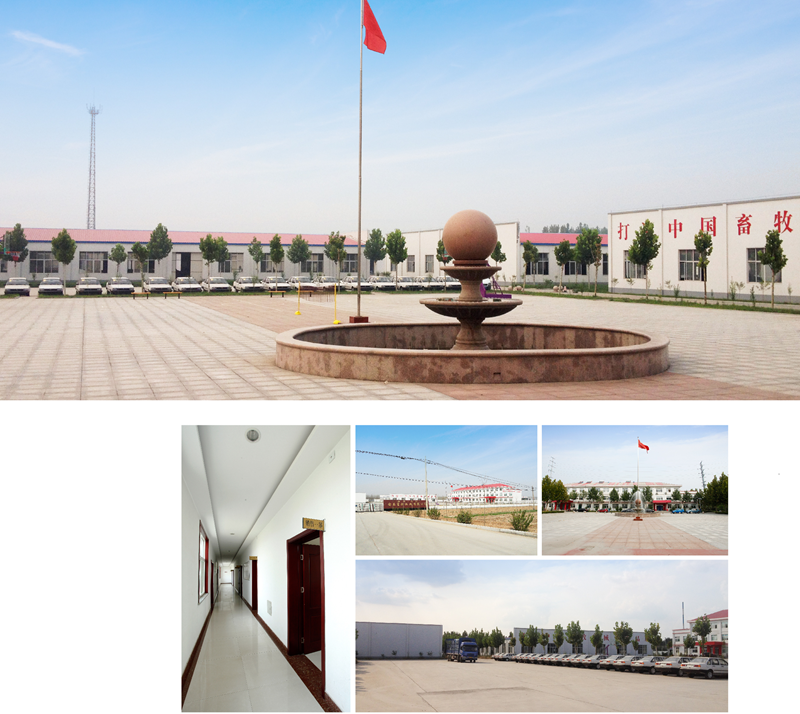
Shandong Huimin Qinle Livestock Machinery Co., Ltd. (formerly Shandong Huimin Qinle Livestock Machinery Factory) is a professional poultry equipment manufacturer with over 20 years of experience. We offer a comprehensive service package, from design (land and chicken coops), production (equipment and prefabricated steel coops), installation, commissioning, customer training, and after-sales service.
Located in Huimin County, Binzhou City, Shandong Province, China, the company has extensive experience in mechanical processing and manufacturing, as well as livestock machinery production and operation. With fixed assets of RMB 15 million, the company employs 160 people, including 30 R&D staff, and occupies a 40,000-square-meter factory. Equipped with over 110 pieces of advanced precision production equipment, including CNC machining centers and laser cutting machines, the company boasts a production capacity of RMB 50 million.
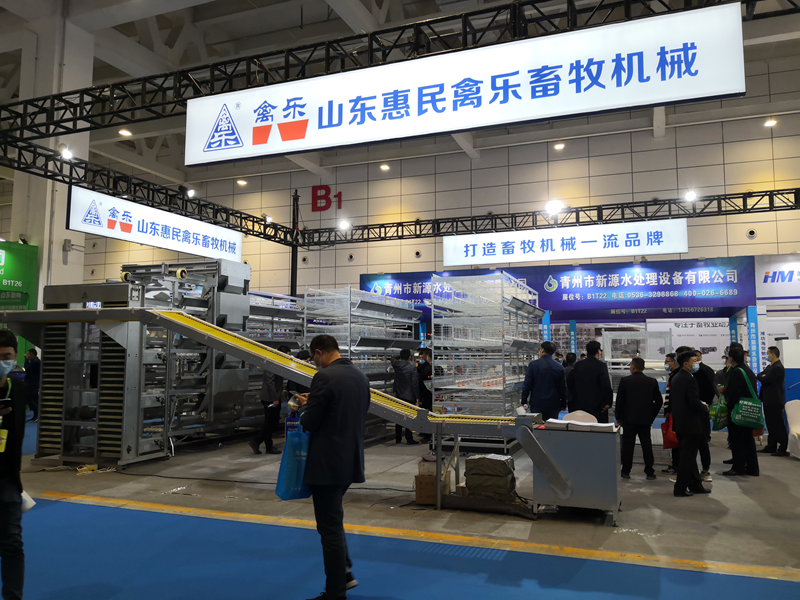


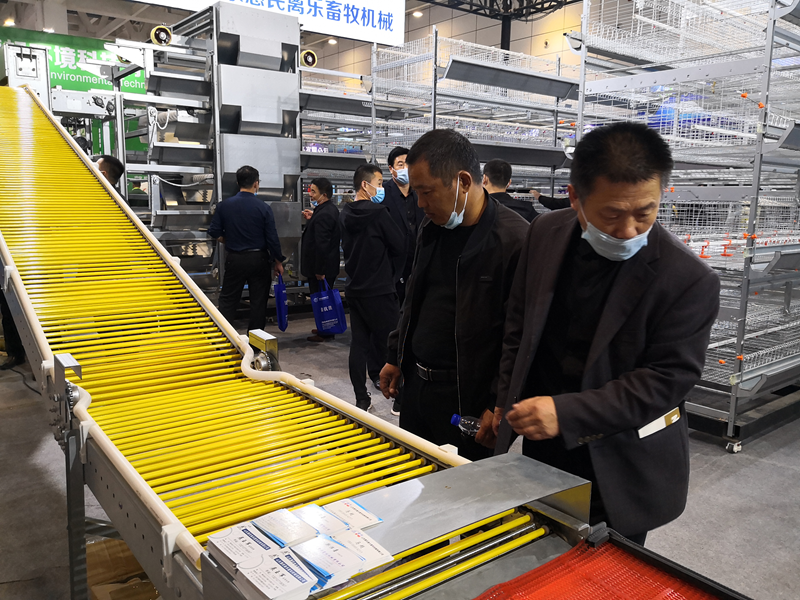
Chicken Farming Equipment Mesh Production Workshop

Machining Workshop

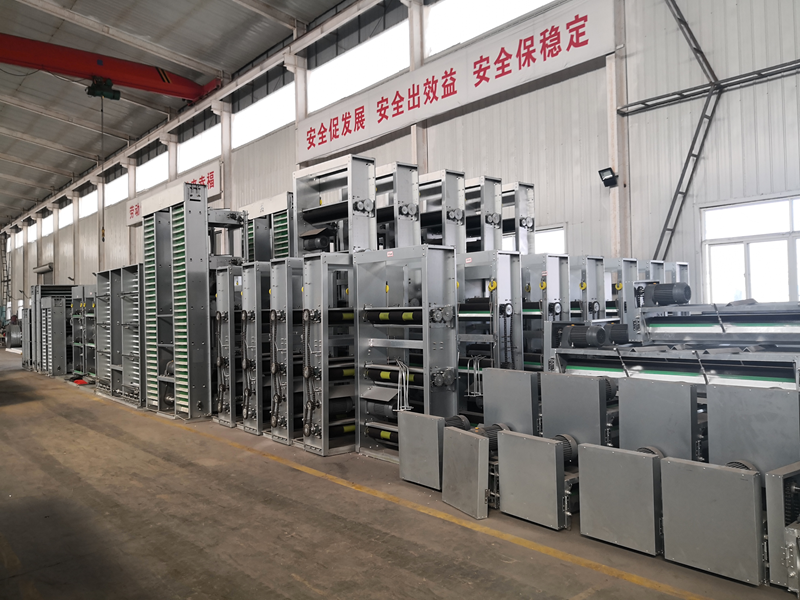
Turret-type CNC Punch Press, Laser Cutting and Other Machining Equipment



Fully Automated Roll Forming Production Line

Hot-dip Galvanizing Production Line

Electroplating Production Line

Environmental Protection Equipment

Chicken Farming Equipment Product Series
Egg-laying Hen Farming Equipment
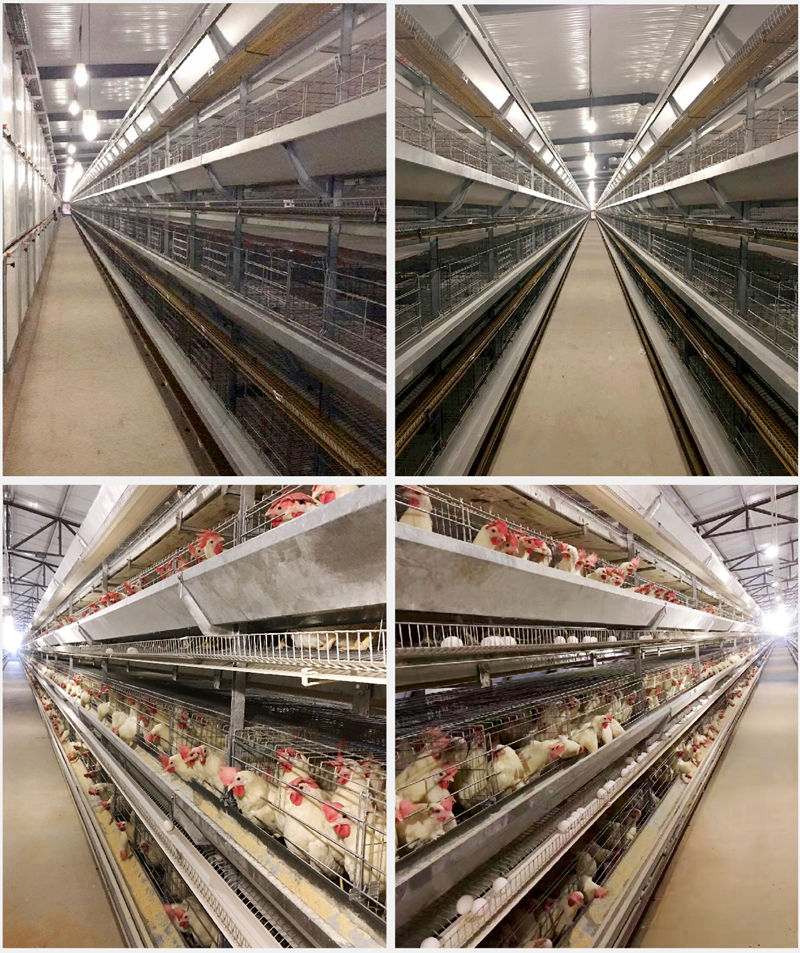
Stacked Brooding Cage Equipment

Stacked Broiler Cage Equipment
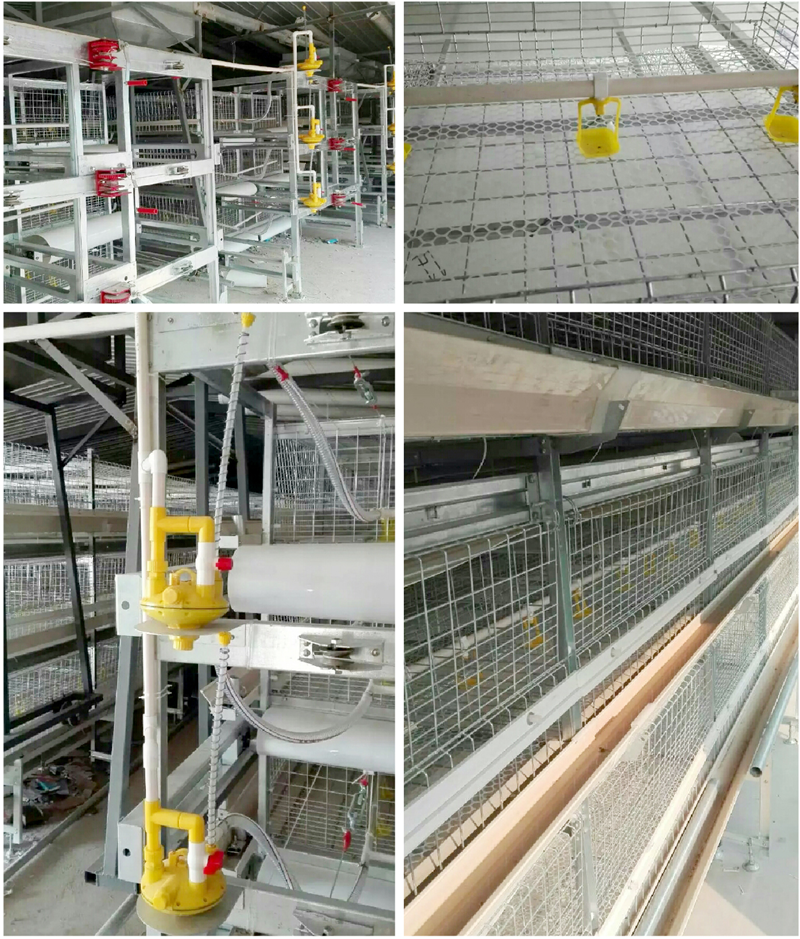
Stepped Layer Hen Cage Rearing Equipment
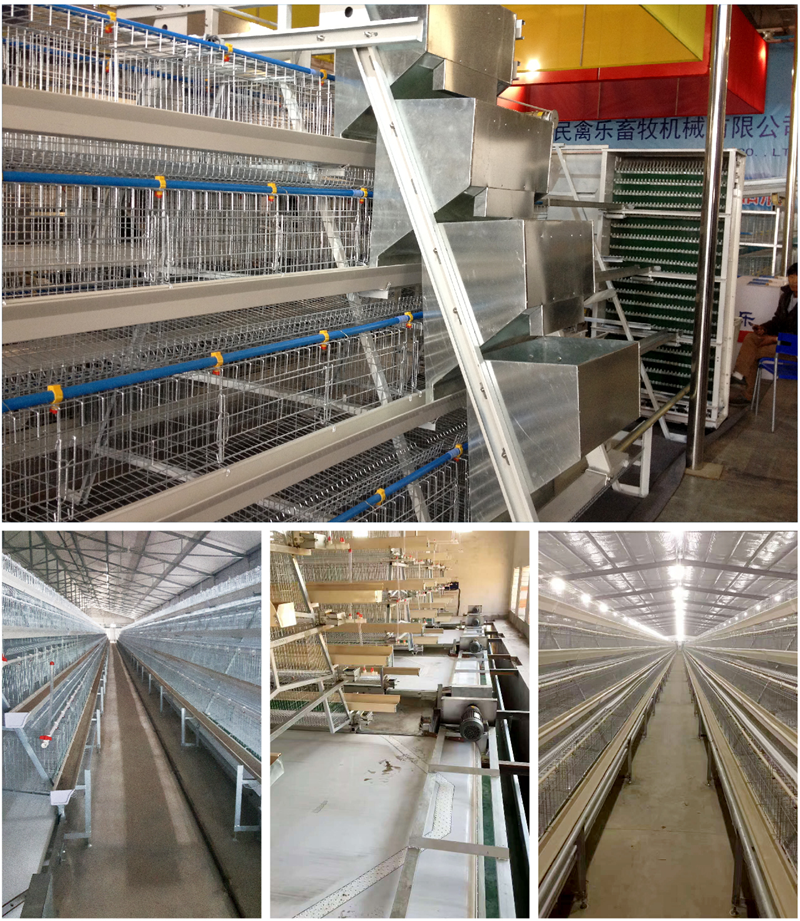
Automatic Egg Collection System

H-type Cage Feeding Machine
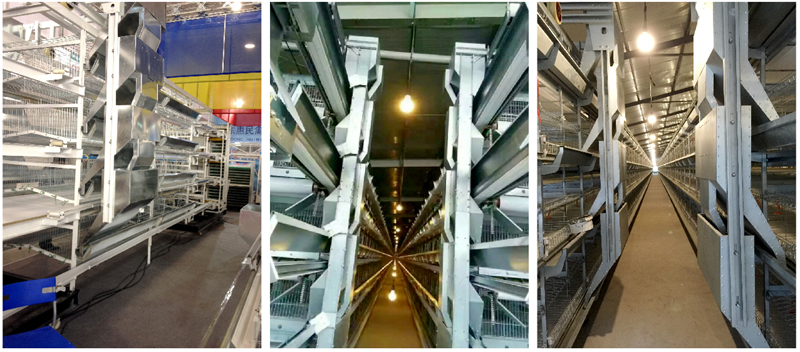
Stepped Cage Straddle Feeder
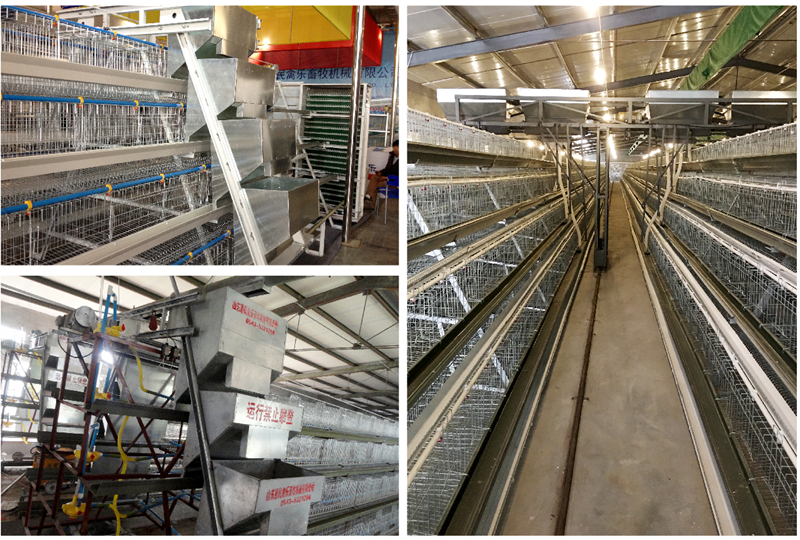
Manure Removal Machine

Fans, Heated Curtains, Environmental Control Systems, and Lighting Equipment
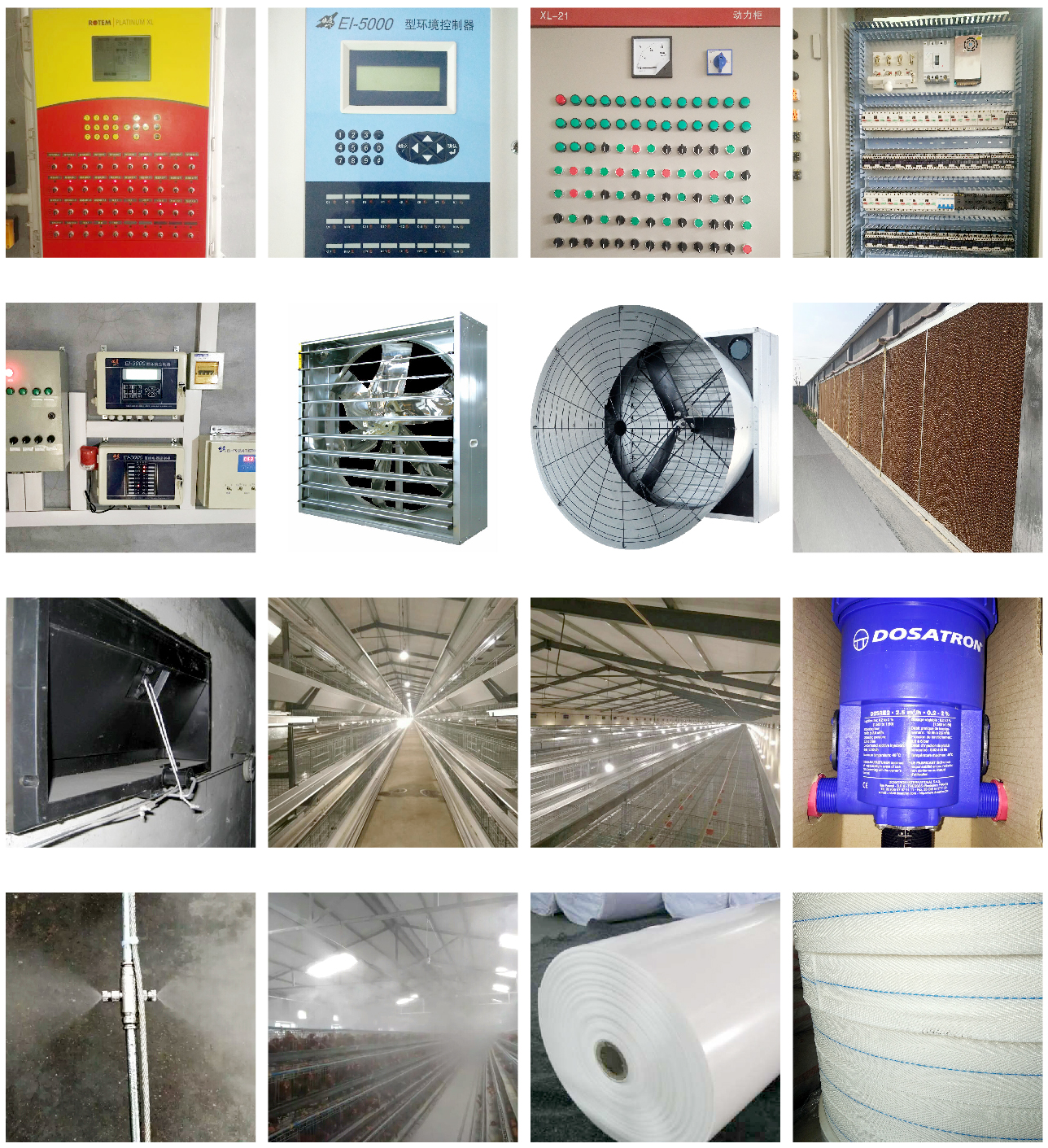
Complete Set of Equipment for Organic Fermentation Treatment of Manure


 Catalogue
Catalogue































 WhatsApp
WhatsApp Téléphone
Téléphone